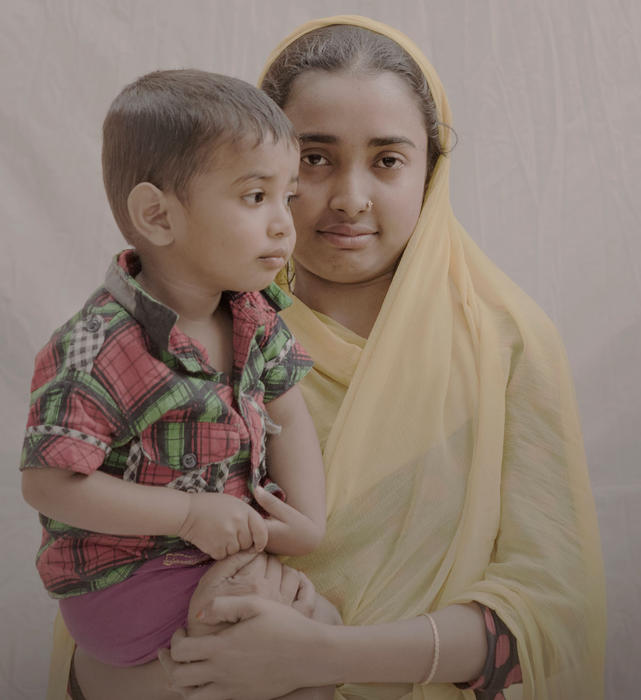Adolescent motherhood in Bangladesh: Trends and determinants
For trend analysis they used all the 7 waves of Bangladesh Demographic and Health survey (BDHS, 1993–2014) data but for multivariate analysis they used 4 waves of BDHS (2004–2014) data. Two separate analyses were carried out on overall married women aged 15–49: (1), teenage girls aged 15–19 and (2) adult women aged 20 and above.
The prevalence of adolescent motherhood had declined to a slower pace from 1993 to 2014 (from 33.0% to 30.8%). Minimum spousal age gap and higher education were found to be associated with lower likelihood of adolescent motherhood both in teenage girls [OR 0.447 (0.374–0.533)] and adult women [OR 0.451 (0.420–0.484)]. Teenage girls in the poorest wealth quintile [OR 1.712 [1.350–2.173] were more likely to experience adolescent motherhood than the richest wealth quintile. Teenage girls who had no education were found to have 2.76 times higher odds of adolescent motherhood than their counterparts who had more than secondary education. Considering the time effect, the odds of adolescent motherhood among adult women were found to decline overtime.
Despite substantial decrease in total fertility rate in Bangladesh adolescent motherhood is still highly prevalent in the country in spite of declining the number from 1993 to 2014. Social policies including addressing poverty, ensuring greater emphasis on education for women and educating adolescent mothers in rural areas are needed.
Full Text Available at: PloS One


